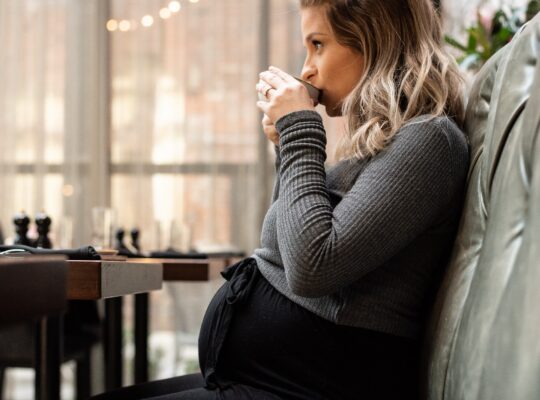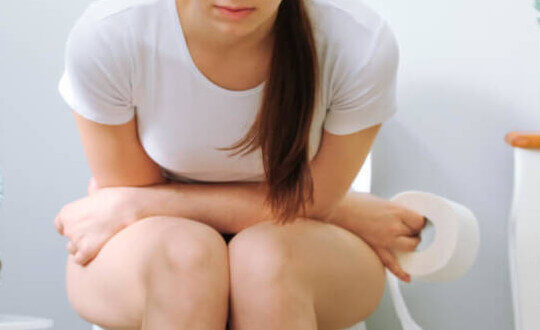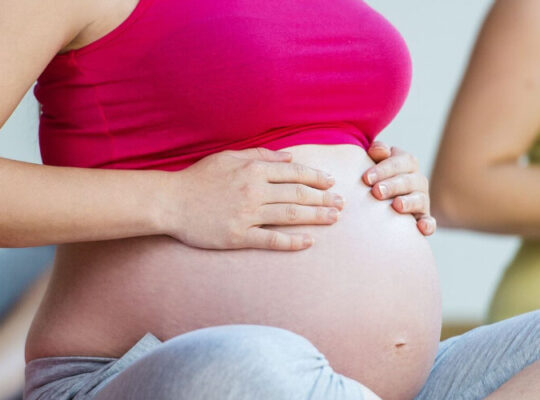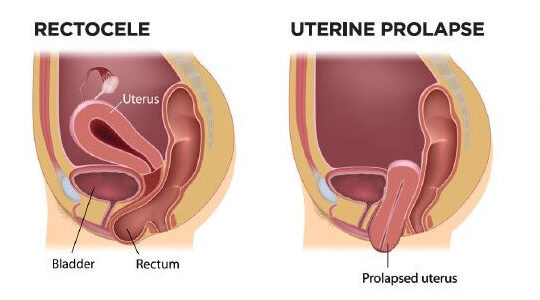Have Painful Periods?
Many women experience temporary abdominal pain and cramps during their menstrual cycles, otherwise known as dysmenorrhea. Other common symptoms such as fatigue, abdominal bloating, and constipation or diarrhea can accompany period pain or discomfort, especially before and during the heavy days of the menstrual cycle. These are easily alleviated with over the counter medications and will eventually go away on their own.
When is pain not normal and should be further examined? Period and pelvic pain that is persistent and severe (also occurring outside of menses) is not normal. It should also not be disruptive to your everyday activities and life. So if you find yourself missing days of school or work or unable to get out of bed due to severe abdominal cramps, you should talk to your healthcare provider to find out if there is any possible underlying cause.
Endometriosis – One Cause of Period Pain
The endometrium is the tissue that lines the uterine wall and is shed during menstruation. Endometriosis is a disorder when this tissue is found outside of the uterus, usually in the pelvic and abdominal region. It affects roughly 1 out of 10 women and it could take many years and specialist visits to get correctly diagnosed. Women are more likely to be diagnosed with endometriosis if they had their period early, have a history of long, heavy periods, and a family history. Exposure to endocrine disrupting chemicals and environmental toxins in utero. Thus, there are both environmental and genetic factors that can contribute to developing endometriosis.
In addition to severe period pain, individuals with endometriosis can also experience pain with sex, painful bowel movements and urination, urinary frequency and urgency, and struggle with infertility.
What is the Treatment for Endometriosis?
The gold standard for diagnosing and treating endometriosis is laparoscopic surgery, usually by excising the lesions. Medication and hormonal therapies can also be prescribed to manage pain and symptoms. As with other pelvic pain diagnoses, conservative treatment includes pelvic floor physical therapy to target tight, irritated muscles and soft tissue and correct pelvic floor dysfunction. A good home program focusing on stretching, trigger point therapy, and self massage techniques can also be helpful in between sessions. A pelvic floor physical therapist or your physician can also discuss proper diet/ nutrition to ease abdominal bloating, gas, and motility issues, improve gut health, and decrease inflammation associated with endometriosis.
Reach me if I can answer any questions on physical therapy, serving you locally in New York City or anywhere online virtually through “telehealth“.
Sign up for Pelvic Health and Wellness Tips






